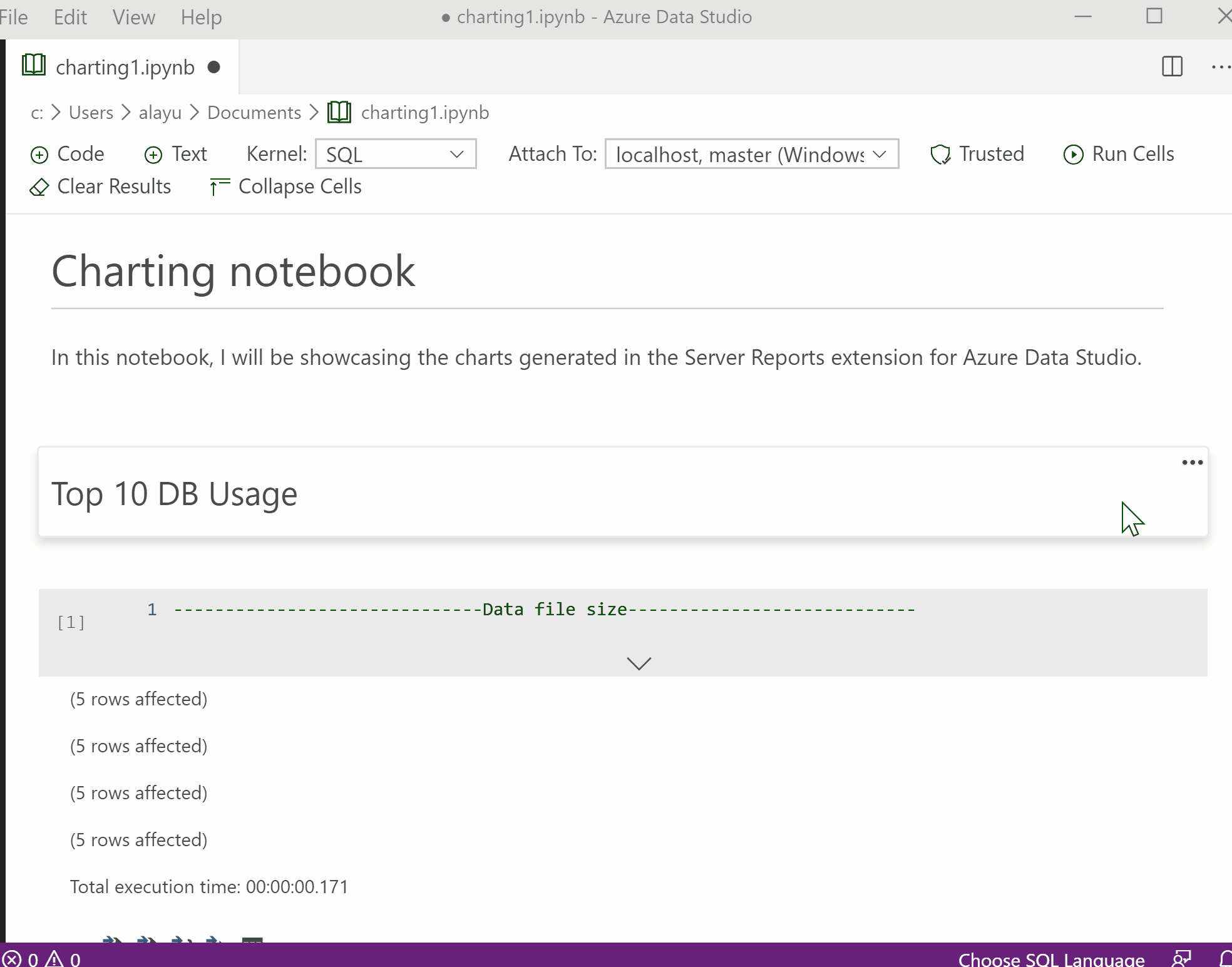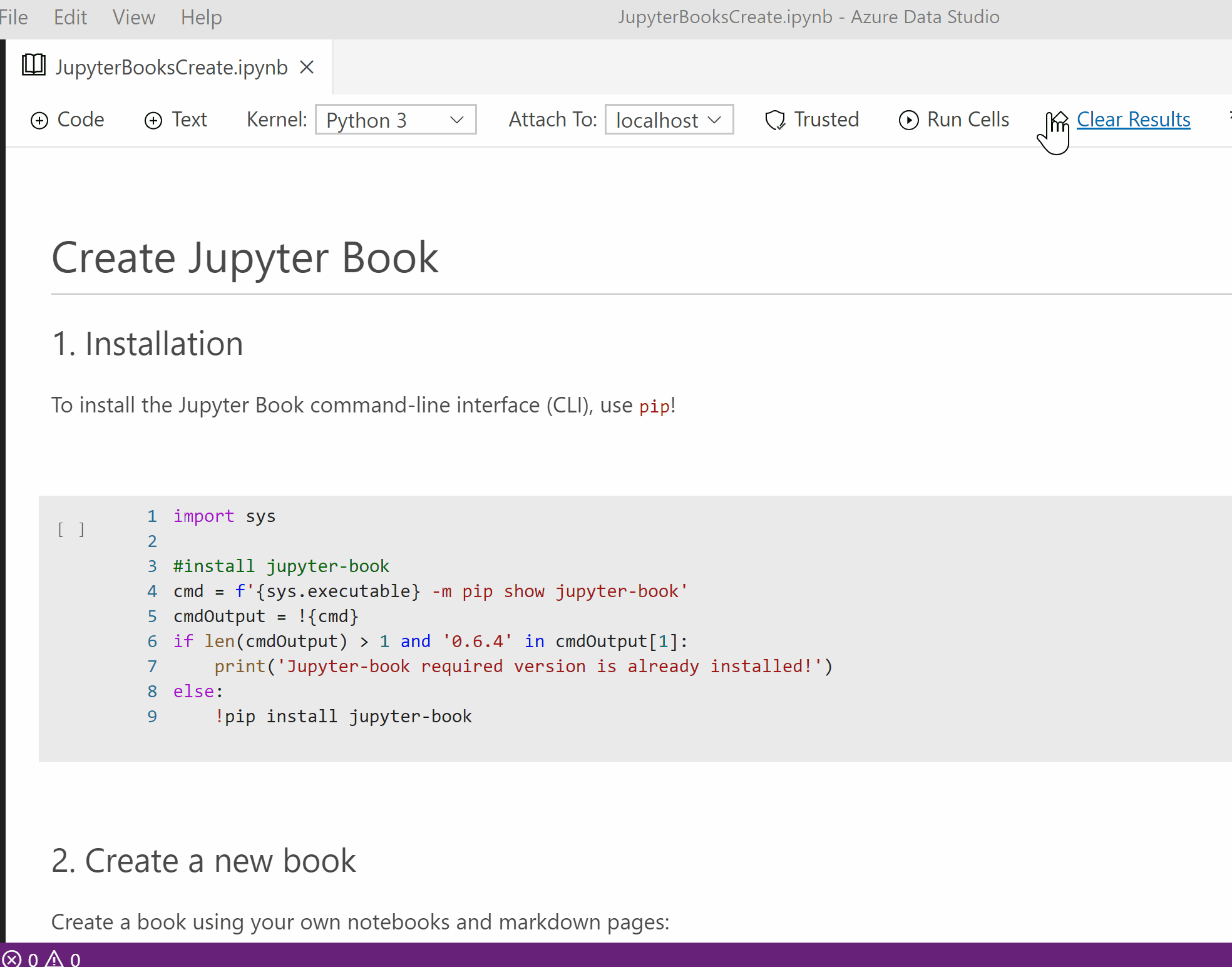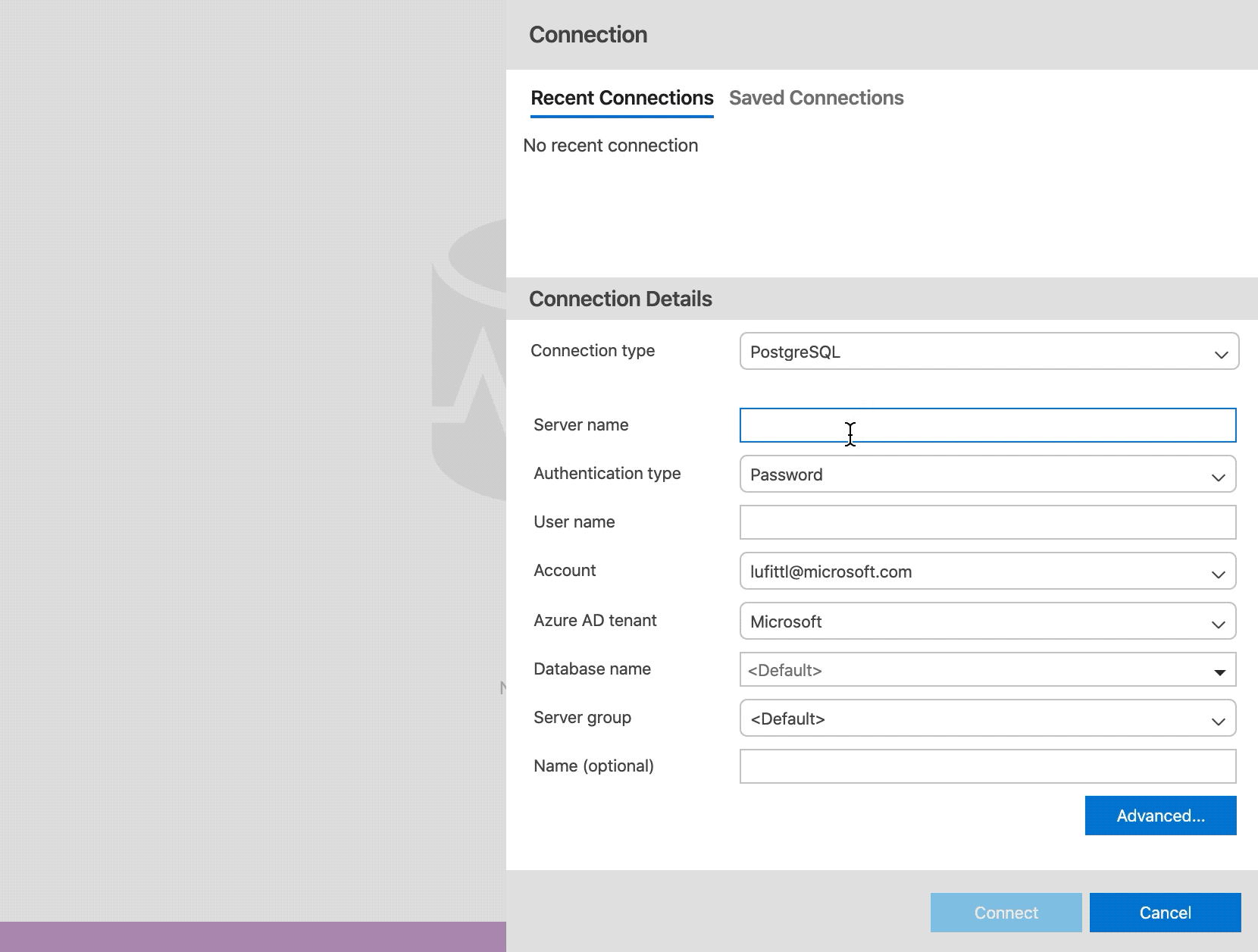The March 2020 release of Azure Data Studio is now available
The March release of Azure Data Studio is now available.
Download Azure Data Studio and review the release notes to get started.
Please note: After downloading Azure Data Studio, say Yes to enabling preview features so that you can use extensions.
Azure Data Studio is a multi-database, cross-platform desktop environment for data professionals using the family of on-premises and cloud data platforms on Windows, MacOS, and Linux. To learn more, visit our GitHub.
The key highlights to cover this month include:
- Charting support for SQL Notebooks
- Creating Jupyter Book support
- Postgres extension update
- Accessibility bug fixes
- Visual Studio Code merge to 1.42
- Bug fixes
For a complete list of updates, refer to the release notes.
Charting support for SQL Notebooks
As we continue to invest in notebooks, we’re looking forward to introducing charting to SQL notebooks. Leveraging the same charting functionality available in the query editor, we’ve taken the same experience to now give users the option to have an alternative output instead of the standard results grid.

Now you can add visualizations using a T-SQL query. In addition, as the gif illustrates, you can also customize your visualization whether it is a scatter or time series graph.
You can also copy your visualization or save the image so that you can quickly add this in an email or report to other team members.
We will continue to bring improvements to charting over the next few months.
If you have any feature requests or run into bugs, let us know on our GitHub issues page.
Creating Jupyter Book support
We are exploring ways to make it even easier to create collections of notebooks, or Jupyter Books, and with this release, we have provided an experience to create your own Jupyter Book.

Through the Jupyter Book viewlet, you can hover over Saved Books to see an ellipsis that will include an action to Create Book (preview). Clicking this link will launch a notebook.
When the notebook is launched, click Run cells to start executing the notebook. The first step will download the jupyter-book Python module so that you can start creating your own book.
The next step will prompt you for an empty folder location to save your Jupyter Book.
Once you choose an empty folder location, provide the path to the folder containing the notebooks you want to create in your Jupyter Book.
Finally, the next cell will generate a hyperlink that will launch your newly created book inside the Jupyter Books view. Modify the toc.yml if you want to change the folder structure.
If you have any feedback about this find in notebook experience, let us know on our GitHub issues page.
Seamless sign in to Azure Database for PostgreSQL using Azure Active Directory
With this release and the latest PostgreSQL extension release, you can now login to your Azure Database for PostgreSQL-single server using your Azure Active Directory user or group. This allows you to utilize the Azure account you are already logged in with in Azure Data Studio, for seamless authentication—no password required.

If you are new to extensions, we suggest you follow our documentation to add the Postgres extension and try it out yourself.
Learn more about this feature.
Accessibility bug fixes
This month we focused on fixing many accessibility bugs to ensure our experiences can be navigated with a keyboard, compatible with screen readers, and other Microsoft accessibility guidelines. This release includes many of these fixes across the deployment wizard, notebooks, and the server dashboards.
List of accessibility bug fixes.
Visual Studio Code January release merge 1.42
We continue to make merges with Visual Studio Code to give you the latest updates coming from Visual Studio Code. With the March release, we’ve updated from Visual Studio Code to 1.42.
To see the full list of changes, you can check out the Visual Studio Code monthly release notes below.
Bug fixes
If you would like to help make Azure Data Studio a great product, share any feedback or report issues through our Issues page. Our engineering team is regularly going through the untriaged issues and assigning issues into different monthly milestones so that you know we’re working on it. Your votes on issues help us prioritize.
Please review the full list of bug fixes for the February release to learn more.
Contact us
If you have any feature requests or issues, please submit to our GitHub issues page. For any questions, feel free to comment below or find us on Twitter.



